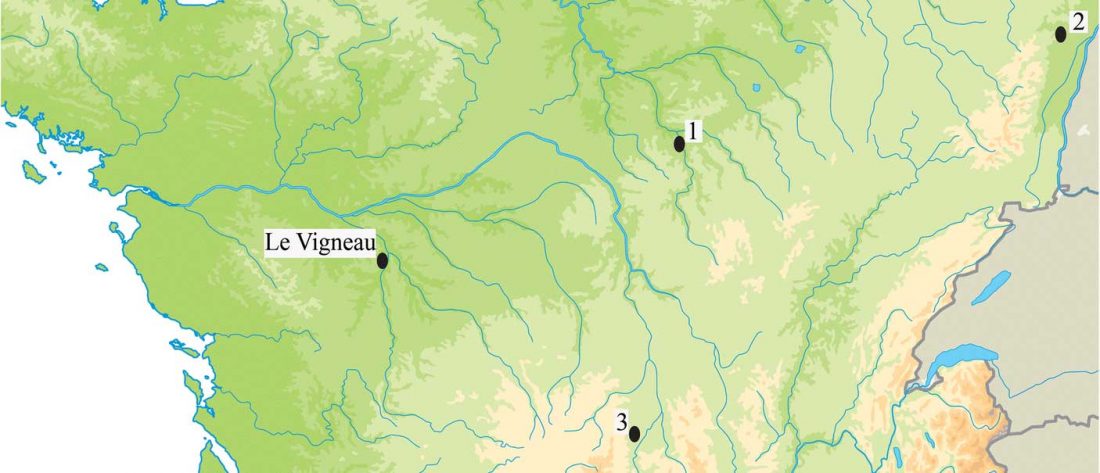Dynamics of paleoenvironments in the Cis-Ural steppes during the mid- to late Holocene, by Khokhlova, Morgunova, Khokhlov, and Golyeva, Quaternary Research (2018), 1–15.
Interesting excerpts:
About the studied site
… Read the rest “Paleoenvironment in mid- to late Holocene in the Cis-Ural steppes, and Epigravettian in Eastern Europe”The Turganik settlement in the Orenburg Region constitutes part of the so-called Ivanovo microregion of cultural heritage monuments, along with the Mesolithic Starotokskaya site; an Ivanovskoye multi-layered settlement (Neolithic, Eneolithic [or Chalcolithic], Late Bronze Age); Toksky I and Toksky II settlements attributed to the Late Bronze Age (the Timber-Grave archaeological culture); an Ivanovsky ground burial dated to the Eneolithic; and the Ivanovsky kurgan cemetery of the Early Iron Age



